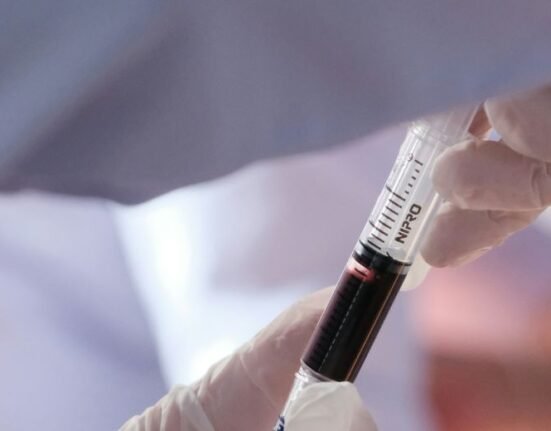HQ Team
August 17, 2024: A team of scientists led by McMaster University in Canada has found that cells lining the gut play a crucial role in triggering the allergy.
Celiac disease, an autoimmune disorder, is triggered by a group of structural proteins known as gluten in the intestines. Eating anything that contains wheat, barley or rye puts people with this condition at risk of this allergy. It can cause bloating, abdominal pain, diarrhoea, and vomiting.
Currently, the only way to avoid the symptoms is to avoid the foods that trigger them.
“The only way we can treat celiac disease today is by fully eliminating gluten from the diet,” says McMasters gastroenterologist Elena Verdu. “This is difficult to do, and experts agree that a gluten-free diet is insufficient.”
The ‘HLA’ (or human leukocyte antigen) proteins that cause the immune reaction are HLA-DQ2.5 and HLA-DQ8. Around 90 percent of people diagnosed with the condition carry a pair of genes that encode HLA-DQ2.5..
Proteins and enzymes
In the specific case of HLA-DQ2.5 and HLA-DQ8, the proteins are shaped to hold chunks of gluten peptide that are resistant to digestion, which activate T cells.
These can attack benign material along with the non-threatening ones.
Not everyone who carry either HLA-DQ2.5 or HLA-DQ8 will develop an immune disorder like celiac disease. For that to happen, the gluten needs to be absorbed in the gut walls, which is done by an enzyme. The intestinal cells release this enzyme into the gut and also trigger the HLA-DQ2.5 and HLA-DQ8 H proteins.
The research team analysed the major immune complex in the cells lining the intestines of people with treated and untreated celiac disease and in mice with the human genes for HLA-DQ2.5.
Gut organoid
The team created a functional model of the gut (called an organoid) using mouse intestinal cells, and then introduced predigested and intact gluten to closely study the reactions created.
“This allowed us to narrow down the specific cause and effect and prove exactly whether and how the reaction takes place,” said McMasters biomedical engineer Tohid Didar in a press statement.
They found that the cells lining the gut were key agents in carrying the bacteria-broken gluten and transporting enzymes to gluten-specific immune cells first-hand.
Mapping this chain of the process of breaking down and carrying of gluten through its inflammatory path gives researchers a chance to develop future treatments, potentially allowing millions of people worldwide to enjoy a gluten-filled treat without the risk of an allergy reaction.
This research was published in Gastroenterology.









2 Comments